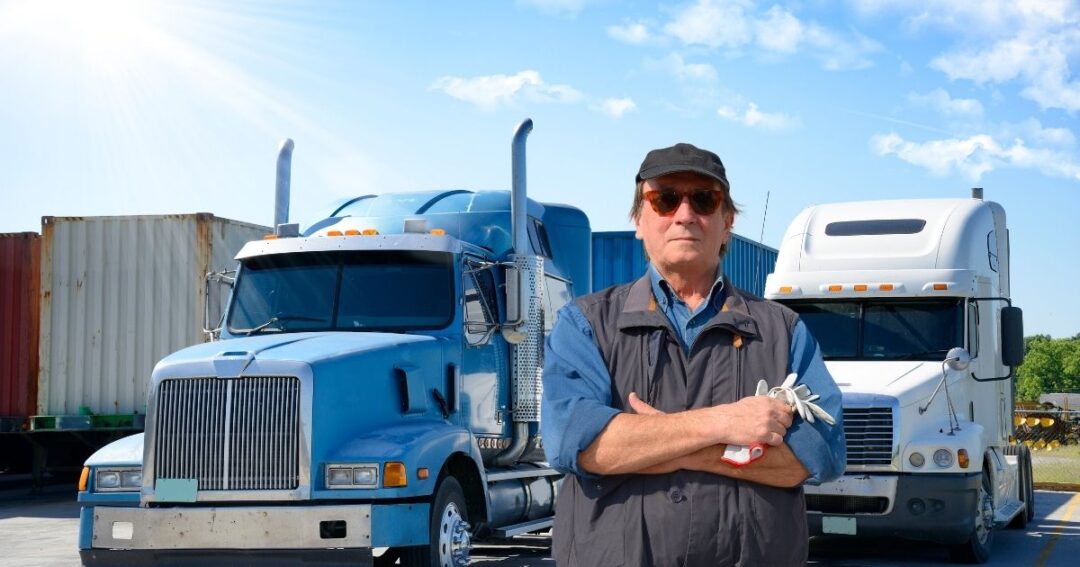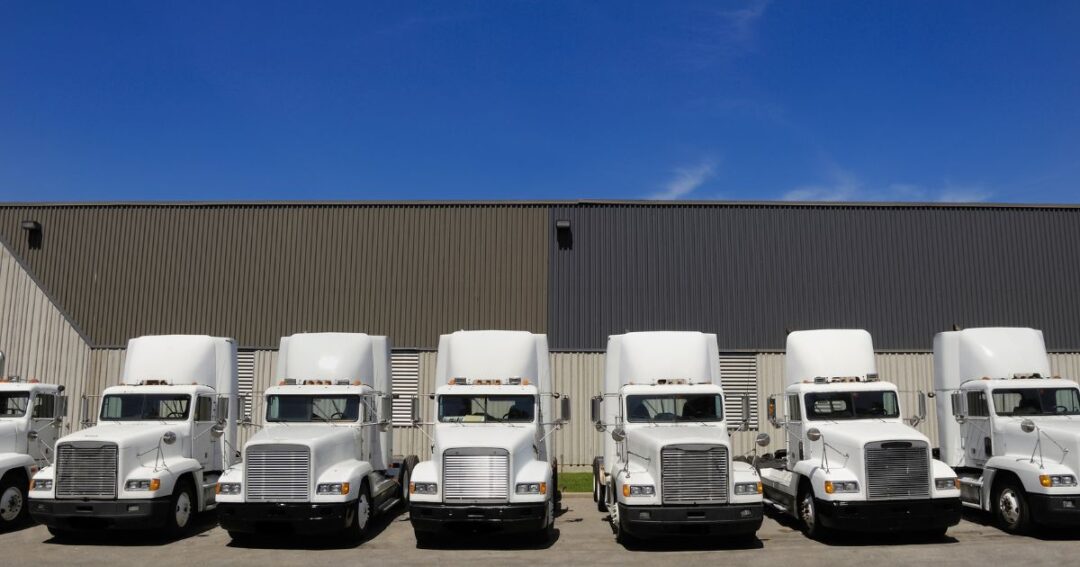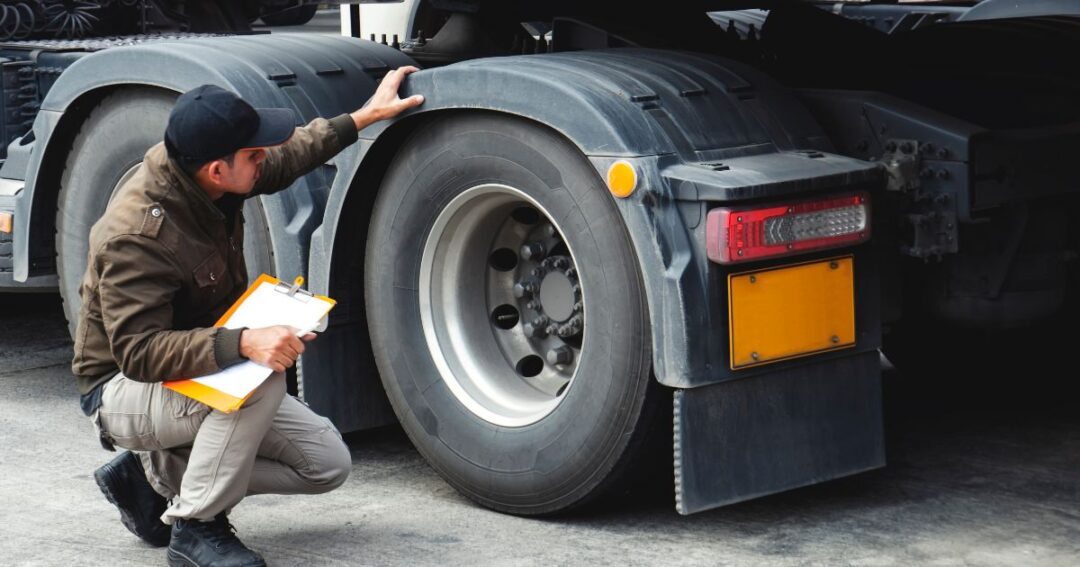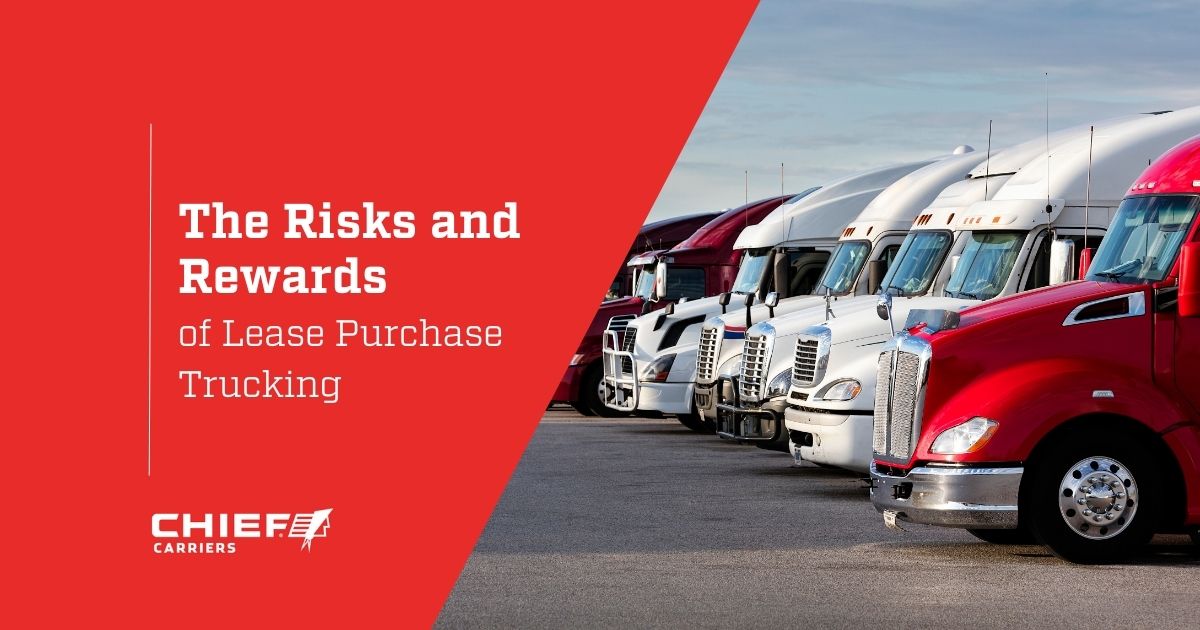The open road, the independence, and the potential for financial success – these are just a few of the draws that make lease purchase trucking an attractive option for aspiring owner-operators. It’s a pathway to building a trucking business and achieving the dream of owning your own rig.
At Chief Carriers, we’re committed to giving you all the information you need to make your truck driver career decisions. So, our latest episode of our Driven Too Far podcast was dedicated to transparency in the trucking industry. We take a closer look at the intricacies of lease purchase trucking, exploring the risks and rewards, and how at Chief Carriers we are working to make the path to ownership smoother.

The Evolution of Truck Lease Purchase Programs
Historically, the standard truck trade cycle hovered around seven years. In the early 2000s, this made sense. A truck could often reliably reach a million miles before needing a major overhaul.
However, the trucking landscape has changed. Modern emission systems, like Diesel Exhaust Fluid (DEF) and Exhaust Gas Recirculation (EGR), while environmentally beneficial, have also introduced new maintenance requirements. Older trucks with these systems often require more frequent and costly repairs.
At Chief Carriers, we recognized that sticking with a seven-year trade cycle was no longer financially sound. The increasing truck maintenance expenses on older models were impacting our bottom line, and more importantly, the profitability of our owner-operators.
This realization led us to shorten our trade cycle to four years in 2020. We also launched two distinct lease programs: the lease operator program and the truck lease purchase program. These programs were designed to offer drivers more options, whether they were looking for a short-term lease on a newer truck, or striving for the ultimate goal of truck ownership.

Lease Operator vs. Truck Lease Purchase
The lease operator program is geared towards drivers who prefer short-term leases, typically one year, on newer trucks, generally one to four years old. Andrew Winkler explains, “The advantage there is the vehicle should be under factory warranty the entire time you’re leasing it.”
This provides a level of predictability in terms of truck maintenance costs and reduces the risk of unexpected major repair bills. While downtime due to repairs, even those covered by warranty, can still impact a driver’s income, the warranty itself offers crucial financial protection.
The truck lease purchase program, as the name suggests, is designed for drivers who aspire to own their trucks. “So that [lease purchase agreement] was designed for the trucks that could come out of service in four years,” says Winkler, “but maybe a driver actually wanted to own a truck.”
This offers a potential path to ownership, often with smaller initial payments compared to traditional financing. However, it’s essential to acknowledge that these trucks, while well-maintained, are older and therefore carry a higher risk of mechanical issues.

The Realities of Lease Purchase Trucking
We’ve seen firsthand the challenges that can arise with truck lease purchase agreements. Imagine a scenario where a driver is halfway through their lease purchase agreement, diligently making payments and building equity, when the engine suddenly fails. The financial consequences can be devastating.
“So what do you do?” asks Winkler. “Do you have the money set aside, $40,000, to rebuild the motor? Most drivers don’t.” This is the harsh reality of truck maintenance on older vehicles.
Drivers and companies alike face difficult decisions: finance the expensive repairs, potentially extending the loan term and increasing the overall cost, or attempt to sell the truck as-is, likely incurring a significant financial loss. “These are the dilemmas that we have to kind of work through and talk through,” notes Winkler.
Even with the best preventative truck maintenance practices and the most responsible drivers, unforeseen mechanical failures can, and sometimes do, occur. This is a critical consideration for anyone entering into a truck lease purchase agreement.
Navigating these realities requires careful planning, financial preparedness, and a realistic assessment of the risks involved. Drivers considering truck lease purchase should:
- Thoroughly Inspect the Truck: Before signing any agreement, conduct a thorough inspection of the truck, ideally with a trusted mechanic. This can help identify any potential issues upfront and avoid surprises down the road.
- Develop a Maintenance Budget: Establish a realistic budget for routine maintenance and unexpected repairs. This will help ensure you’re financially prepared for the ongoing costs of truck ownership.
- Consider Extended Warranties: Extended warranties can provide a valuable safety net against major repair costs. Explore the options available and factor the warranty cost into your overall financial plan.
- Build a Financial Cushion: Having a financial reserve can help weather unexpected downtime or repair expenses. This can provide peace of mind and prevent financial hardship in challenging situations.

The Role of Truck Warranty and Trucking Finance
To mitigate the risks associated with truck lease purchase, we’re proactively exploring the use of extended warranties. We’re particularly focused on securing extended warranties directly from the original equipment manufacturers (OEMs), as they tend to offer more comprehensive coverage and greater peace of mind compared to third-party options.
Winkler says, “Now I can get an extra two years extended on it. Now, how do I feel about selling that lease purchase truck back to that driver? I feel a lot better.” By extending the truck warranty coverage, we aim to provide a stronger safety net for our drivers and make truck lease purchase programs a more viable and less risky option.
This also ties into the complex world of trucking finance. Understanding the financial implications of repairs, warranties, and loan terms is crucial for success in the trucking business.
The Future of Lease Purchase Trucking
Lease purchase trucking continues to be a popular pathway to truck ownership, and we understand why. It offers the opportunity to build a trucking business and control your own destiny.
We believe that the incorporation of extended warranties into our truck lease purchase program represents a significant step forward in balancing the desire for ownership with the need for financial security. This approach allows drivers to pursue their entrepreneurial dreams with greater confidence, knowing they have a buffer against unexpected and costly repairs.
Winkler reflects, “I just think the lease plans are so popular right now, whether it’s lease operator or lease purchase. I don’t really want to give up the lease purchase because there’s a handful of guys out there that that’s really what they’re looking for. But I think this is a good alternative that may protect us both and allow us to be successful in those leasing plans.”

Making Informed Decisions in the Trucking Business
Navigating the world of lease purchase trucking requires careful consideration and planning. Choosing between the lease operator and truck lease purchase programs depends on individual goals, risk tolerance, and financial circumstances. Understanding the nuances of lease purchase agreements, truck warranty options, and truck maintenance costs is paramount for success in the trucking business.
At Chief Carriers, we’re committed to providing our drivers with the information and support they need to make informed decisions. Listen to the rest of our Driven Too Far podcast for more information on the trucking industry and the careers it offers.

